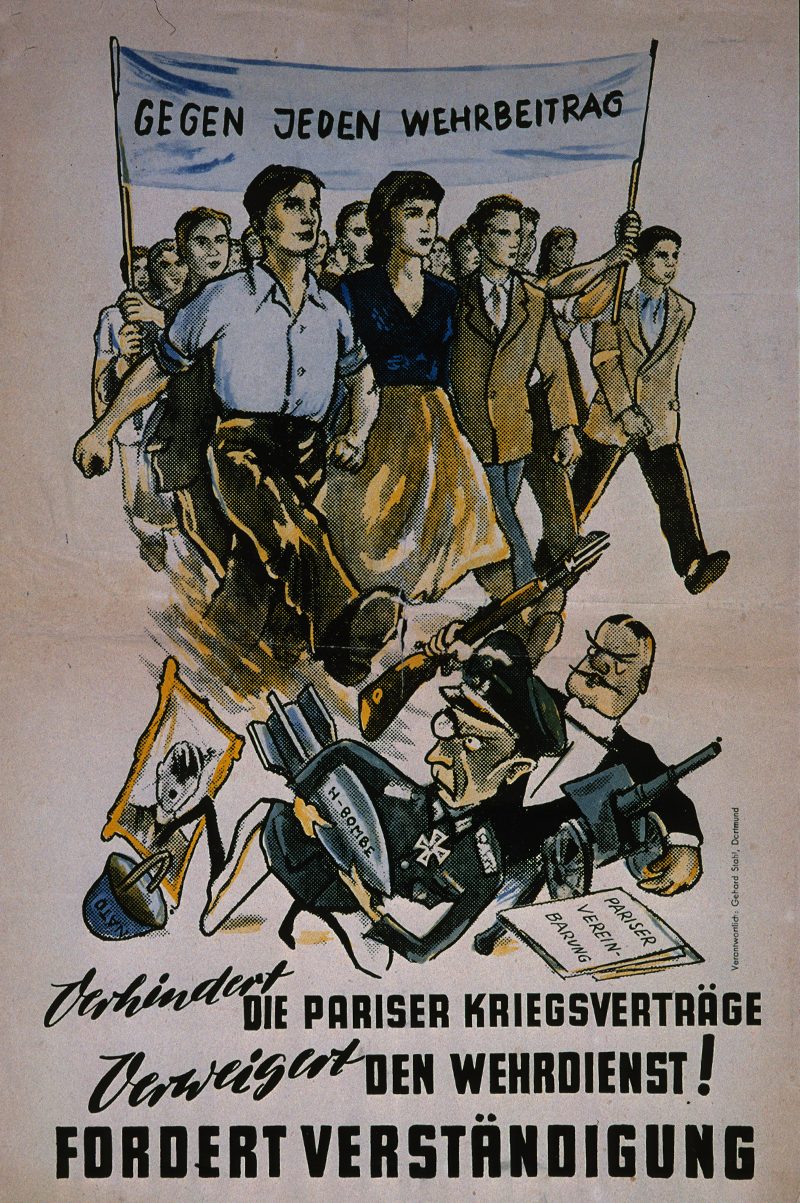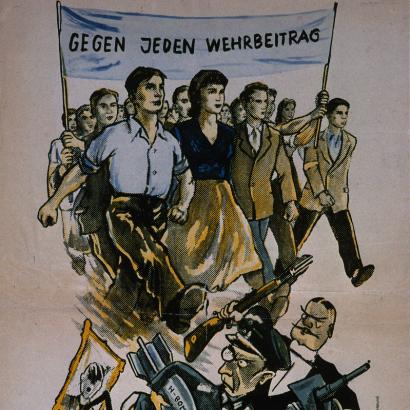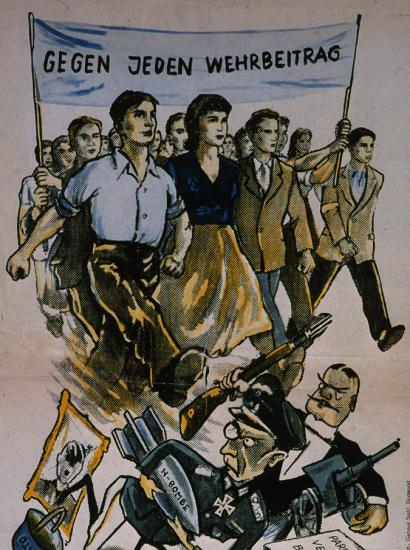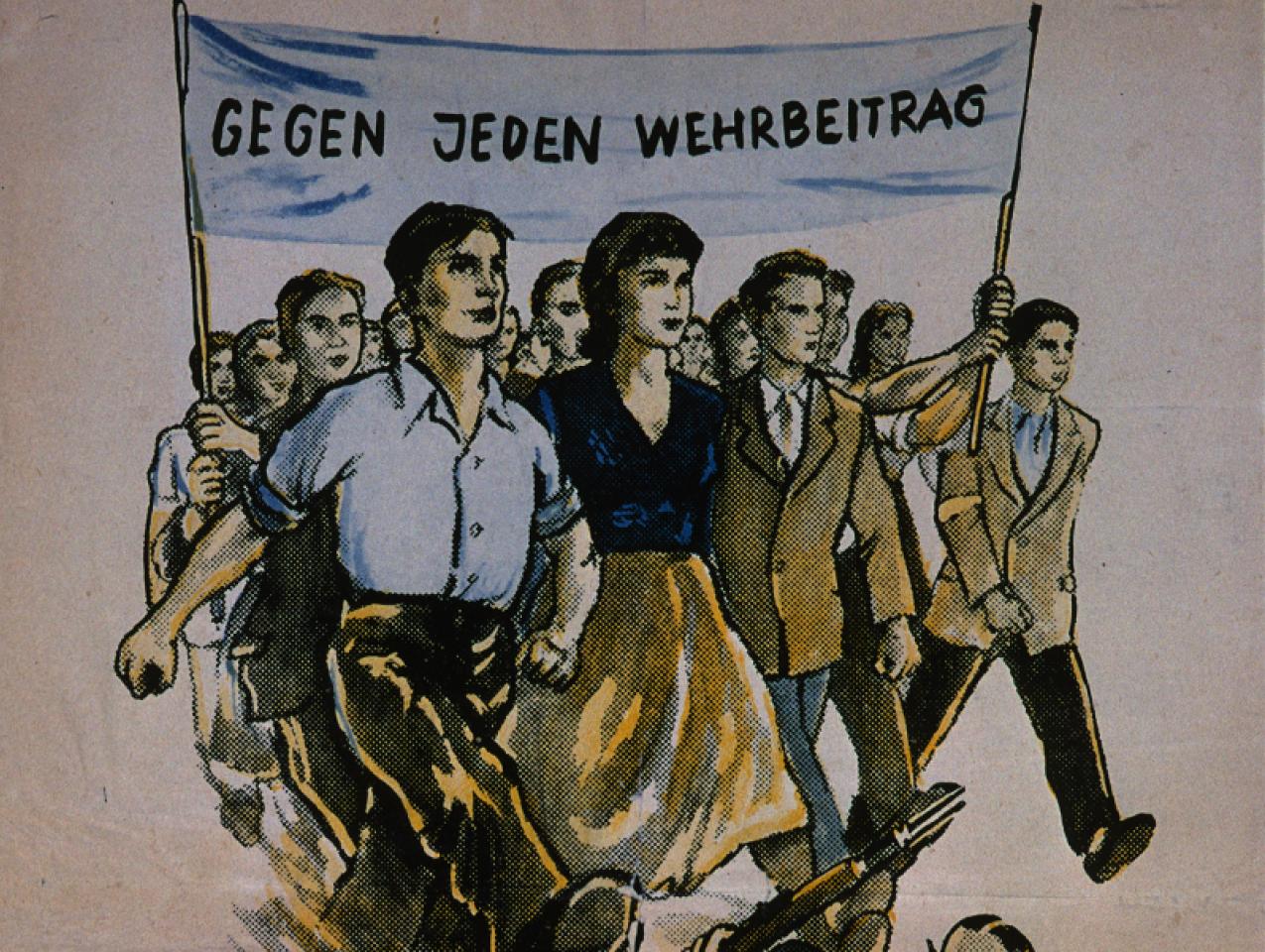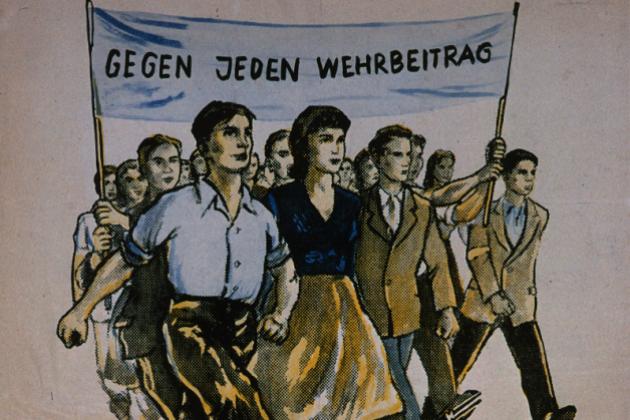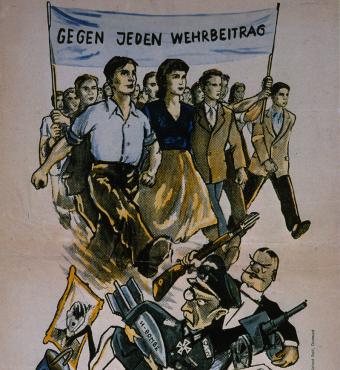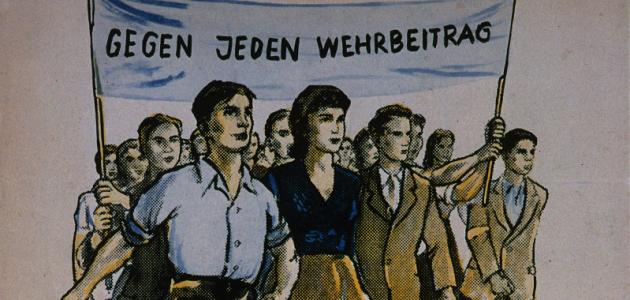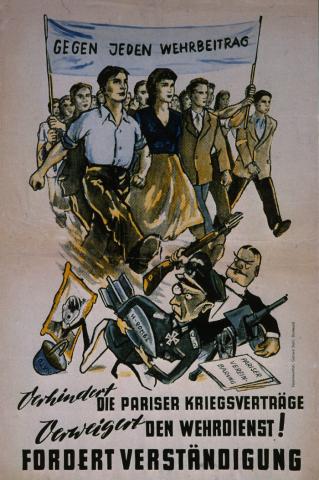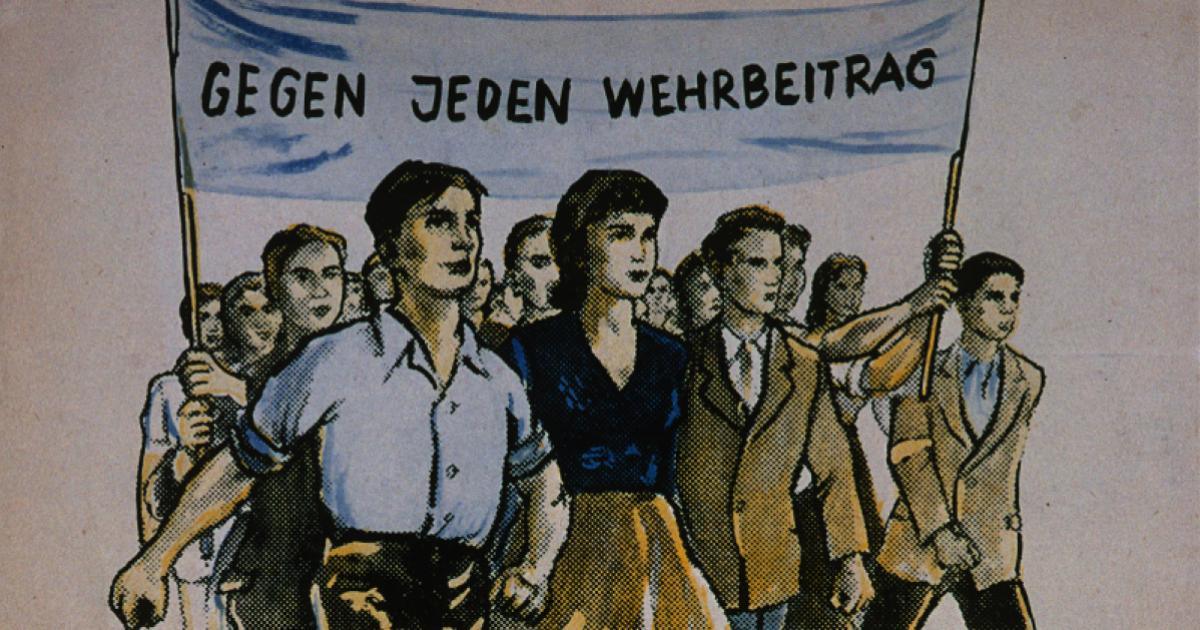At age 74, “obsolete” and “braindead,” NATO is proving its mettle again. Otherwise, Ukraine would be a goner by now. The West has taken up Kyiv’s cause because it is also its own.
“We have no eternal allies and no perpetual enemies. Our interests are eternal and perpetual,” Lord Palmerston laid down in 1848. Actually, there are “perpetual enemies.” England and France have fought each other for eight centuries, from the 12th to the 19th. France and Habsburg-Spain did so from the 15th to the 19th. Why? To thwart the hegemony of whoever reaches for it.
Except: Then as today, the balance of power takes time to kick in. Fast forward to Ukraine. When Vladimir Putin grabbed Crimea and Southeast Ukraine in 2014, NATO hesitated. Yet the annexation was an assault not only on a country of which we knew little, but also on hard-core Western interests. At stake was a European order that had kept the peace for a lifetime. The rule was neither war, nor conquest. When Vladimir broke it, the Alliance was not up to the historical challenge.
Regard the eight years before Russia’s second invasion in 2022. Barack Obama was turning away from Europe, pulling out U.S. troops from there and retracting from the Middle East, where he granted Putin a free hand in Syria. Donald Trump would call NATO “obsolete.” France’s Emmanuel Macron diagnosed it as “brain-dead.”
NATO was not in good shape. Since the collapse of the Soviet Union in 1991, Europe had been disarming, cutting forces, and closing down military production lines. For instance, Germany reduced its tank force from 3,000 to 300. Not ready for war, NATO’s deterrence power dwindled. When Putin pounced in 2014, his risks were low. So was the price: modest sanctions sparing oil and gas, Russia’s key source of income. So why not double down with the full-scale invasion last year?
Putin’s lunge for Kyiv should have been the final wake-up call. Even at this point, harnessing the allies was like herding cats. Europe’s Big Two, France and Germany, went with their familiar reflexes. Don’t confront Russia, play the go-between and mediator. Even after the second invasion, Berlin and Paris would not supply Ukraine with serious stuff like main battle tanks, let alone combat aircraft and long-range missiles. Nor did the U.S. “Don’t rile the Bear,” let’s give Putin a face-saving “offramp.”
The dramatic turn was not foreseen by Putin, nor by so many Western experts. Palmerston’s “permanent interests” finally did kick in, as they had not during the Thirties when the West had ignored the precipitous rise of Germany until Hitler unleashed World War II. After years of caution, NATO is back in business. So, three cheers for the old lady, who looked wheelchair-bound when Russia first attacked Ukraine in 2014.
Why is the Alliance booming, why the Zeitenwende, the “sea-change,” proclaimed by German chancellor Olaf Scholz after decades of making nice to Moscow? The answer comes in three parts.
The weightiest factor is America’s return to leadership under Joe Biden, ending the creeping neglect of Europe under Obama and Trump. Why is the American role so critical? If the U.S. doesn’t commit, no other alliance member will; only the U.S. can recruit a posse. So it took Joe Biden to promise Abrams tanks to Ukraine, and then Olaf Scholz followed with Leopard panzers. It takes a nuclear-armed superpower to calm allies by insuring them against the risks of confronting the Russian Behemoth next door. Safety breeds valor. To boot, given twenty years of European disarmament, only the U.S. as the world’s largest economy could serve as the “arsenal of democracy,” to recall FDR.
The second factor is Ukraine itself and its miraculous victories that put Russia’s miserable performance to shame. States don’t want to back losers, nor to accept deadly risks, as posed by the Russian giant next door. They would rather do business with the presumptive winner, offering compromise and conciliation to keep the war away from their own turf.
Had Russia taken Kyiv by blitzkrieg, the Europeans—probably the U.S. as well—would have swallowed the fait accompli. After all, they had done so after Russia had grabbed Crimea and the Southeast in short order. What had been hashed out in Minsk in 2015—withdrawal of foreign forces and Ukraine’s full control over its borders—was illusionary from day one. Still, as Macron put it as late as February 8, 2022, two weeks before the onslaught, this deal was the “only path to peace.” In fact, it tacitly ratified Russia’s conquests while unwittingly extending an invitation to go for more, as Putin did. That his army was driven back so quickly surely encouraged the U.S. and EU to grasp the nettle with tens of billions for economic and military aid.
The third factor brings us back to the largest question of them all: peace and war, order and balance. What had made Europe’s great powers plunge into endless war in centuries past, embroiling France, England, and Habsburg-Spain again and again? What explains Europe’s Second Thirty Years War that pitted the West and Russia against Wilhelmine and Hitlerite Germany in the 20th century? At the root lay the eternal injunction: Hegemonists must be stopped.
After WWII, it was the West vs. Soviet Russia. Fortunately, the war remained cold, but it was prosecuted with the full panoply of power: massive armament, nuclear deterrence, and forward deployment of a million NATO troops along the East–West divide. Throughout history, the issue was always the same: Who prevails, who rules the rest?
The current contest looks modest by comparison. But the stakes transcend Ukraine. They explain why the U.S. waded in while France and Germany after toing-and-froing have fallen into line, dispatching ever more sophisticated gear. Behold the classic neutrals Finland and Sweden now pushing into NATO. The Baltics and former Soviet satrapies like Poland are shouldering the biggest risks for obvious reasons. The closer a nation to the Bear, the keener it is to huddle under the U.S. umbrella.
So as in past centuries, the logic of balance and deterrence has finally kicked in against Vladimir Putin, who does not hide, but celebrates his wild-eyed ambitions. At a minimum, he wants a certified sphere of influence (which used to be called droit de regard in Palmerston’s days). At a maximum, he wants to restore the old Soviet Empire, which has splintered into 15 republics. Economic sanctions, as always, are not enough. Given its rational fear of Moscow’s neo-imperialism, most of Europe—leave out Hungary or Serbia—has evolved into an anti-Russian coalition, though it will not intervene directly.
Again, why the turn? To crib from Samuel Johnson, a deadly threat “concentrates the mind.” Kyiv is fighting not just for itself, but also as a stand-in for the rest. The central issue is kto kovo to borrow a classic Russian line—who bests whom? Hence, the rejuvenation of NATO. Hence the “sea-change” in Germany, which has so often stuck to Bismarck’s counsel “never to cut the link to St. Petersburg.” Berlin has abandoned Nord Stream 2, searching for gas all over the world while earmarking an extra 100 billion euros for defense. Alas, these will not soon translate into hands-on rearmament, given the country’s drawn-down production facilities.
“Pourvu que ça dure”—let’s hope it lasts—warned Napoleon’s mother Laetitia when the emperor boasted of his exploits. In the case of NATO, it will last as long as the three factors outlined here continue to operate. That is not guaranteed, given the differences of interests bedeviling any alliance. If the Ukraine fight degenerates into a war of attrition, or if Putin throws ever more fresh troops into the battle, Western electorates may tire—look at the GOP’s growing opposition to U.S. infusions of aid. Public opinion in democracies is fickle; better to jaw-jaw than to war-war.
So, beware of soothsayers. We only know how wars begin, not how they end. But the stakes are enormous. The struggle is not just about Ukraine. It is about stopping and reversing aggression on a continent that has enjoyed 77 years of peace—the longest in European history.
Josef Joffe is Distinguished Visiting Fellow at Hoover. He teaches international politics and security at the Johns Hopkins School of Advanced International Studies.







